
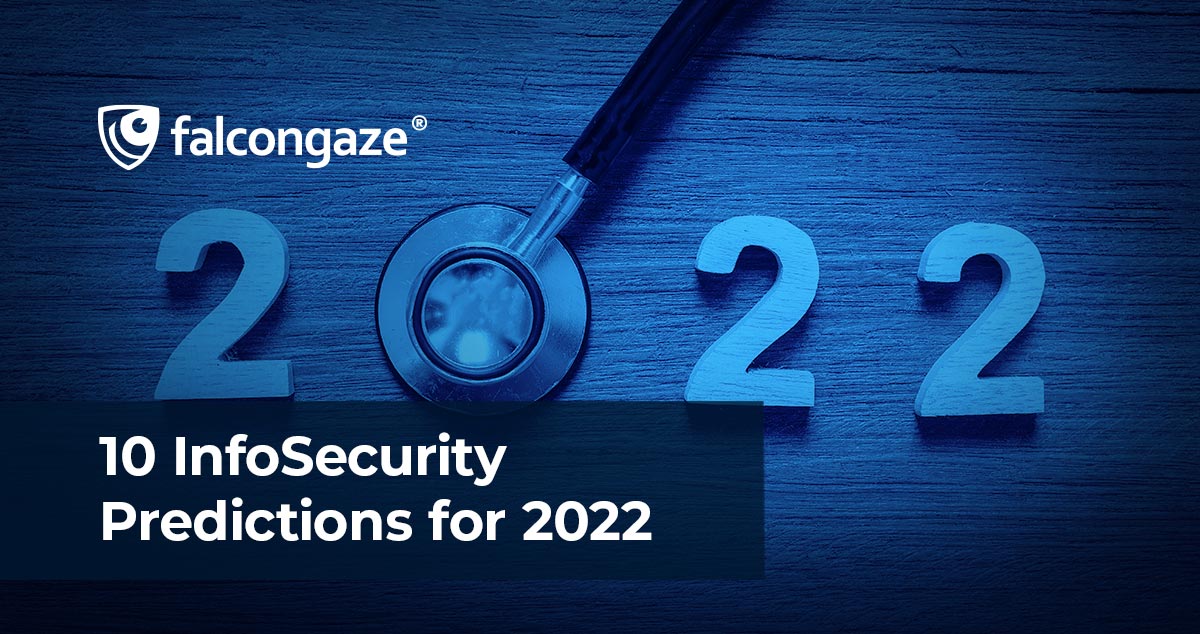
10 InfoSecurity Predictions for 2022
1. Widespread use of multi-factor authentication
In 2022, more companies will use multifactor authentication as additional protection against data breaches and malicious attacks. Such authentication involves the use of two or more separate factors in allowing users to access protected data, forcing people to use more than one device to verify their identity. An example in action is a one-time passcode sent to two or more devices.
2. New modifications of ransomware programs
In 2021, ransomware attacks cost the world on average more than the average damage from all types of data breaches, reaching $ 4.44 million. Cryptographers are one of the most prevalent data security threats in any organization, and this threat will continue to evolve as a major cybersecurity trend in 2022. Ransomware attacks steal data in companies and organizations, inflicting serious financial blows on them, forcing them to incur additional costs to recover from these attacks.
3. New solutions for remote work
In an effort to ensure business continuity, many companies rushed and were forced to loosen some of their security controls (or abandon some of them altogether), creating new levels of vulnerabilities and risks.
But remote working mode won’t go anywhere after the pandemic. Organizations will need to assess their current security infrastructure for weaknesses that were overlooked during the sudden move to a remote operating system, and start thinking about a long-term security strategy for the future.
4. A leap in the development of artificial intelligence (AI)
Artificial intelligence and machine learning are becoming more sophisticated and powerful, and companies will continue to improve these technologies in 2022 as part of their security infrastructure. AI is increasingly being used to build automated security systems that replace humans, allowing massive amounts of risk data to be analyzed at a much faster rate. This is beneficial for large companies dealing with huge amounts of data, as well as small and medium-sized companies whose security services may not be adequately resourced.
Criminal networks take advantage of AI to automate and improve their attacks. Nevertheless, organizations should take advantage of AI: those companies that have suffered from a data breach, but have fully deployed AI technology, saved an average of $ 3.58 million in 10 months of 2021.
5. Strengthening attacks on cloud services
While cloud services offer many benefits such as scalability, efficiency, and lower costs, they are still a prime target for attackers. Organizations should assess the security implications of the cloud and identify any vulnerabilities that exist in their current infrastructure. For example, misconfigured cloud infrastructure settings were the leading cause of data breaches in 2020, with an average damage of $ 4.41 million. In addition, cloud migration increased the average data breach damage by $ 267,469.
6. Increasing requirements for data confidentiality
With the rise of high-profile cyber attacks revealing millions of records of personal information, concerns about privacy, governance, and data security have skyrocketed. In 2022, the importance of data privacy issues will increase dramatically, and it will become not just one of the security components, but a separate area. Compliance requirements continue to tighten in 2022, and organizations will need to focus on their data privacy efforts going forward.
Data confidentiality affects almost every aspect of an organization's operations, from developing and implementing corporate strategy to complying with security requirements and managing people throughout the entire process. Companies should consider issues such as introducing a separate data protection officer, ensuring record retention and destruction, implementing role-based access control, data transfer encryption, and network segmentation to enhance the privacy of their data.
7. The need for information security professionals
Finding well-trained information security professionals has been a challenge across all industries, but the ongoing shift to telecommuting is creating a greater need for such professionals. Organizations will need to strive to find well-trained security professionals and experts to help improve the security of their corporate networks.
While it may take some time to properly staff your organization with the required information security experts, implementing corporate-wide training can create a buffer for attacks in the interim. Learning must be continuous, and companies must continually measure its effectiveness.
8. Phishing schemes
Phishing attacks are even more alarming as a result of widespread remote work, and attackers attack people connecting to their corporate network from home because they are the easiest targets. To combat this, companies should consider their identity and security management strategy to ensure that only authorized users (for example, their own employees) have the appropriate level of access to the resources they need at the right time. Organizations will need to carefully assess their current infrastructure to align with this goal and deploy it across the company.
9. Development of insider threats
In late 2021 and 2022, companies should pay more attention to the risk of insider threats and data theft from their own employees. Although it is sometimes difficult to believe in it, the data does not lie - 95% of all data leakage incidents occurred due to the human factor, intentional or accidental information security breach. Internal threats must be taken seriously and viewed by security leaders as a real risk, and tough questions will need to be asked about whether organizations have the proper tools to detect and combat them.
10. Increased need for Chief Security Officer (CSO)
While the need to harden security systems across industries is well known, only 11% of companies report a high degree of confidence in managing or responding to cyber attacks. Security risk management as a discipline is still emerging, so while this data isn't all that surprising, these issues should become important for companies. One of the more common obstacles is the lack of alignment between security operations and business strategy.
To combat this, chiefs need to become more vigilant in identifying risks in the context of business goals and be able to explain why they matter to company leaders. By accurately identifying these risks and articulating how they plan to mitigate them (and at what cost), CSOs can create a shared understanding among company management of security issues, which will significantly strengthen information security initiatives across the board.
How to improve the level of information security of your company?
Most of all of the above threats to the company's information security can be minimized by the implementation of software solutions that can ensure data safety, control communication within the corporate network and control the loyalty of the organization's personnel.
In this case, the most optimal solution is the implementation of a DLP system. This method of protecting company data is a multifunctional and reliable method of working with information and company employees. Let's describe the basic principles of a DLP-system using the example of SecureTower from Falcongaze.
SecureTower is a software product that allows you to prevent leaks of corporate data and has a whole arsenal of tools for analyzing the effectiveness of personnel. ...
Full control of corporate information and employees (including remote ones) is achieved by monitoring the maximum number of communication channels and data transfer protocols:
- Email;
- messengers;
- social networks;
- web activity;
- cloud storage;
- network storages;
- IP telephony;
- network and local printers;
- USB devices;
- clipboard.
Thus, the introduction of a DLP system into a corporate network is a key element in building an effective information security management system in an organization.

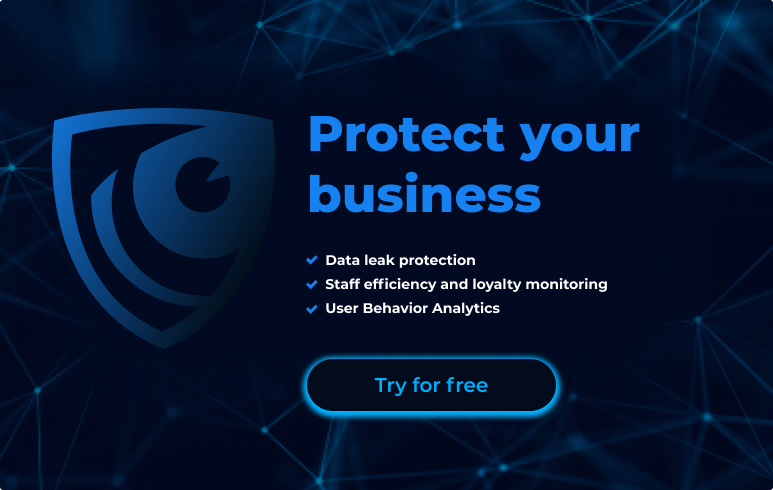
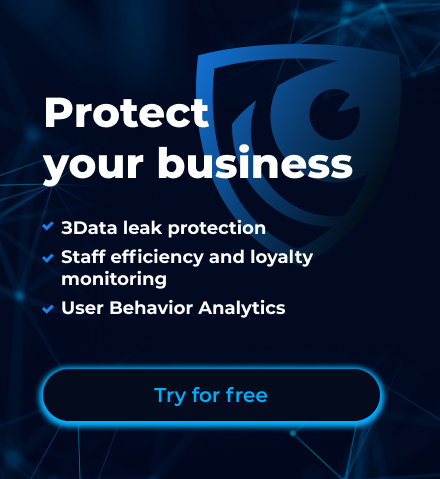
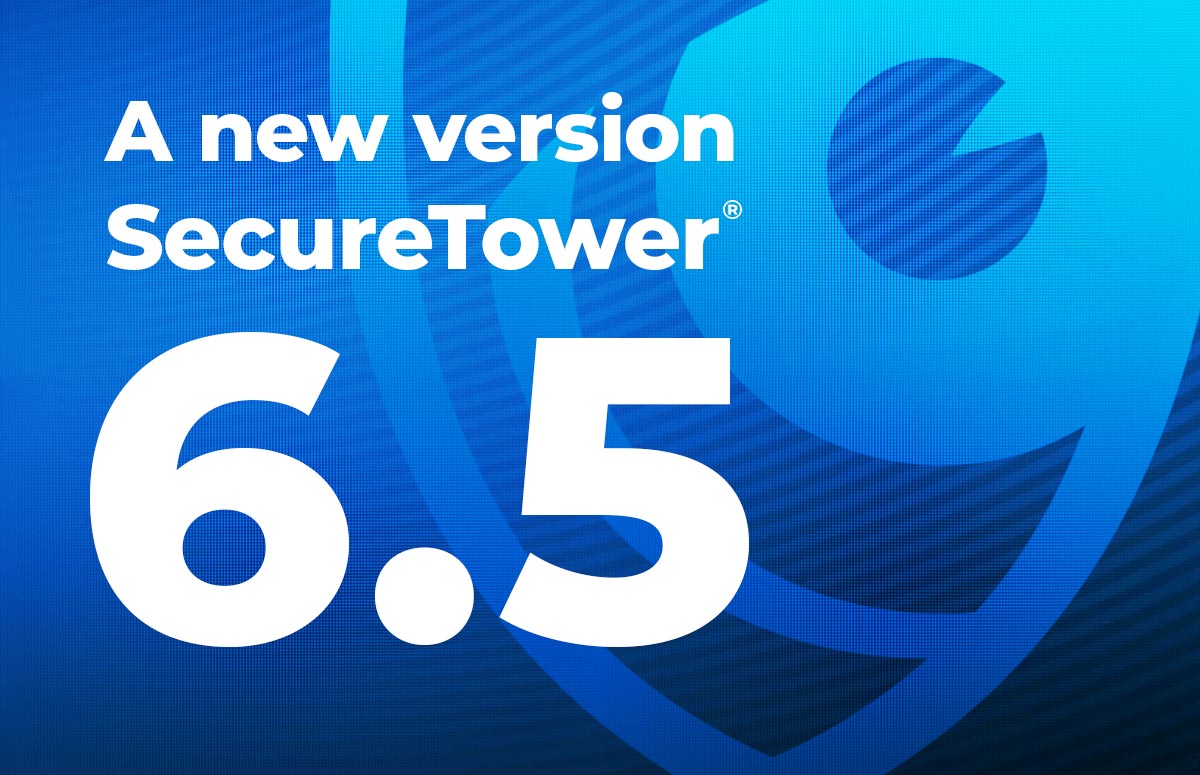


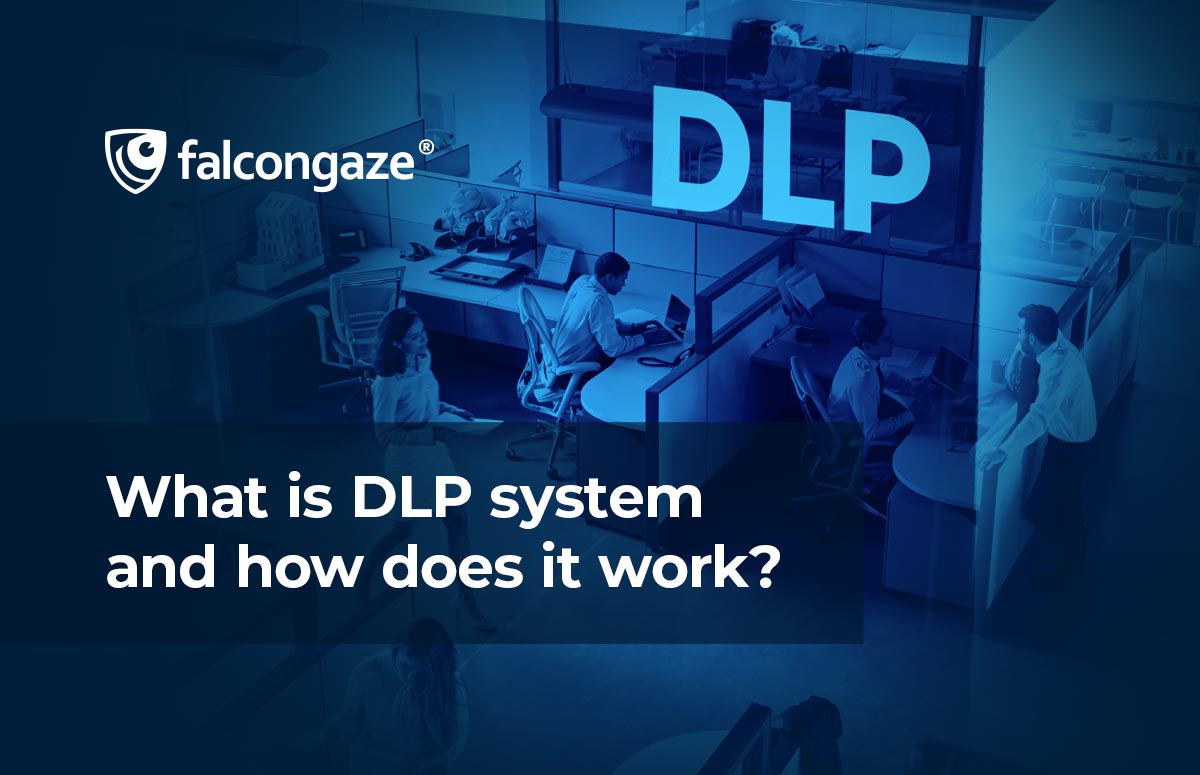
.png)





